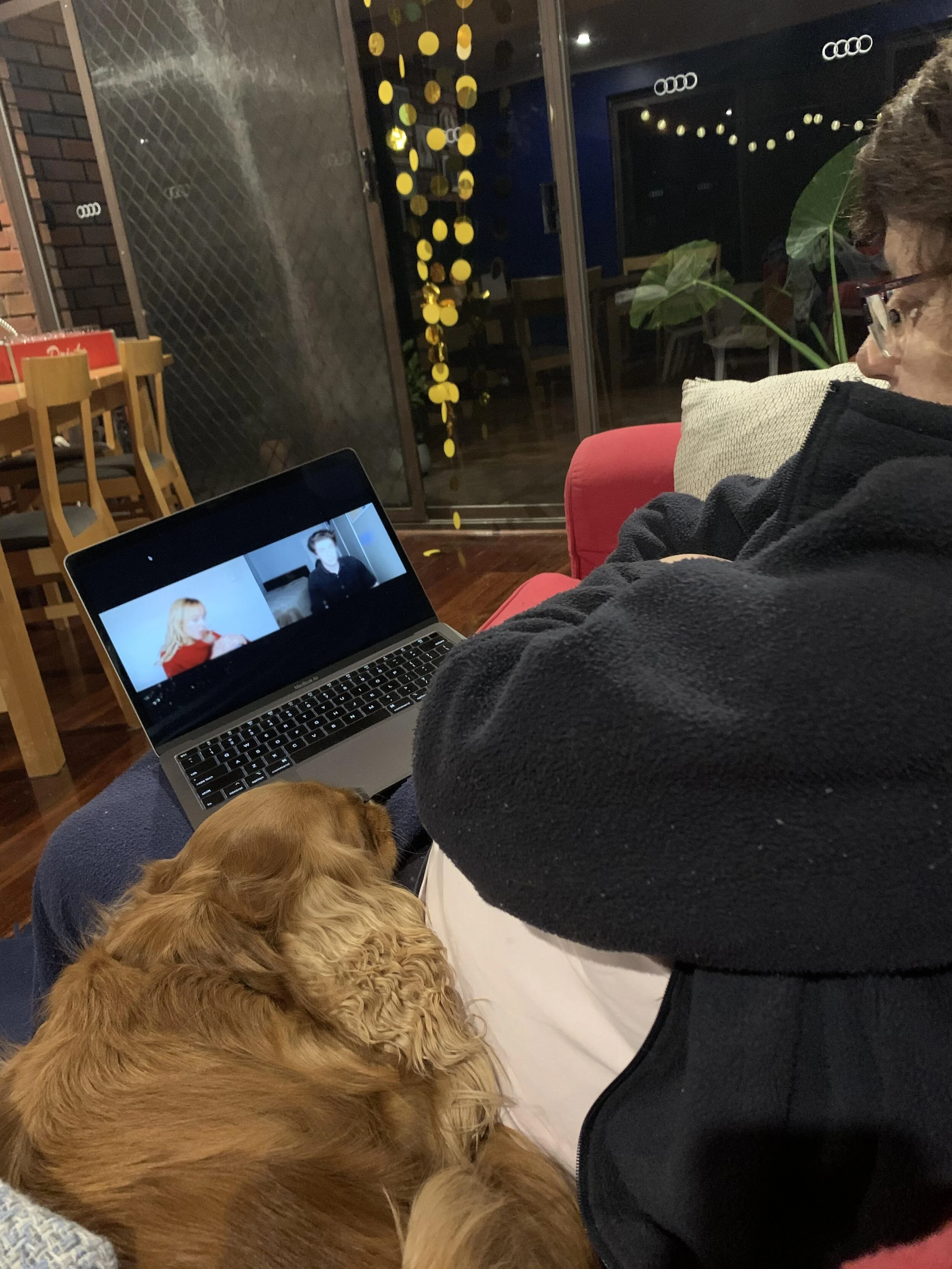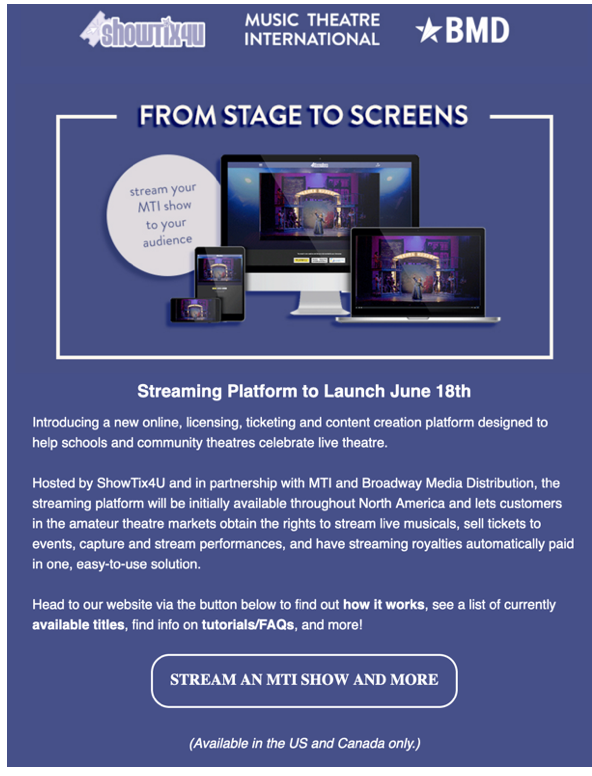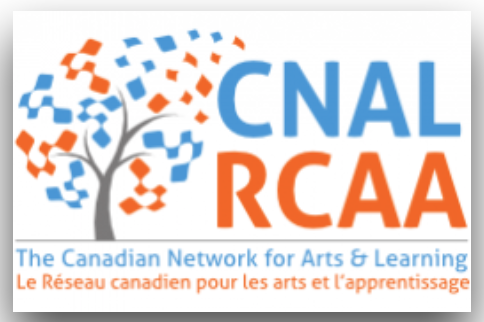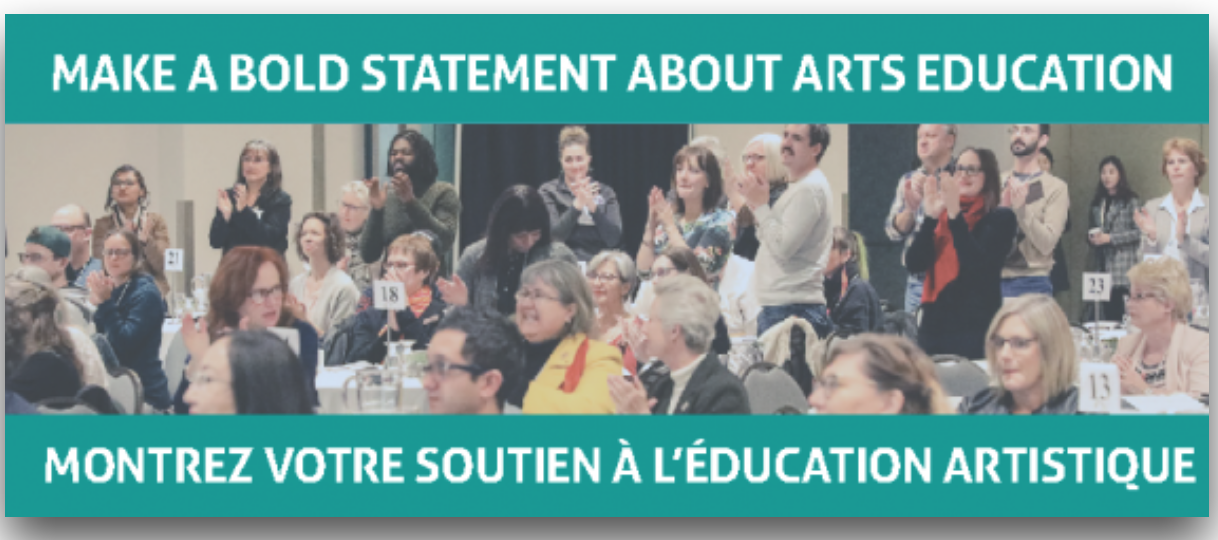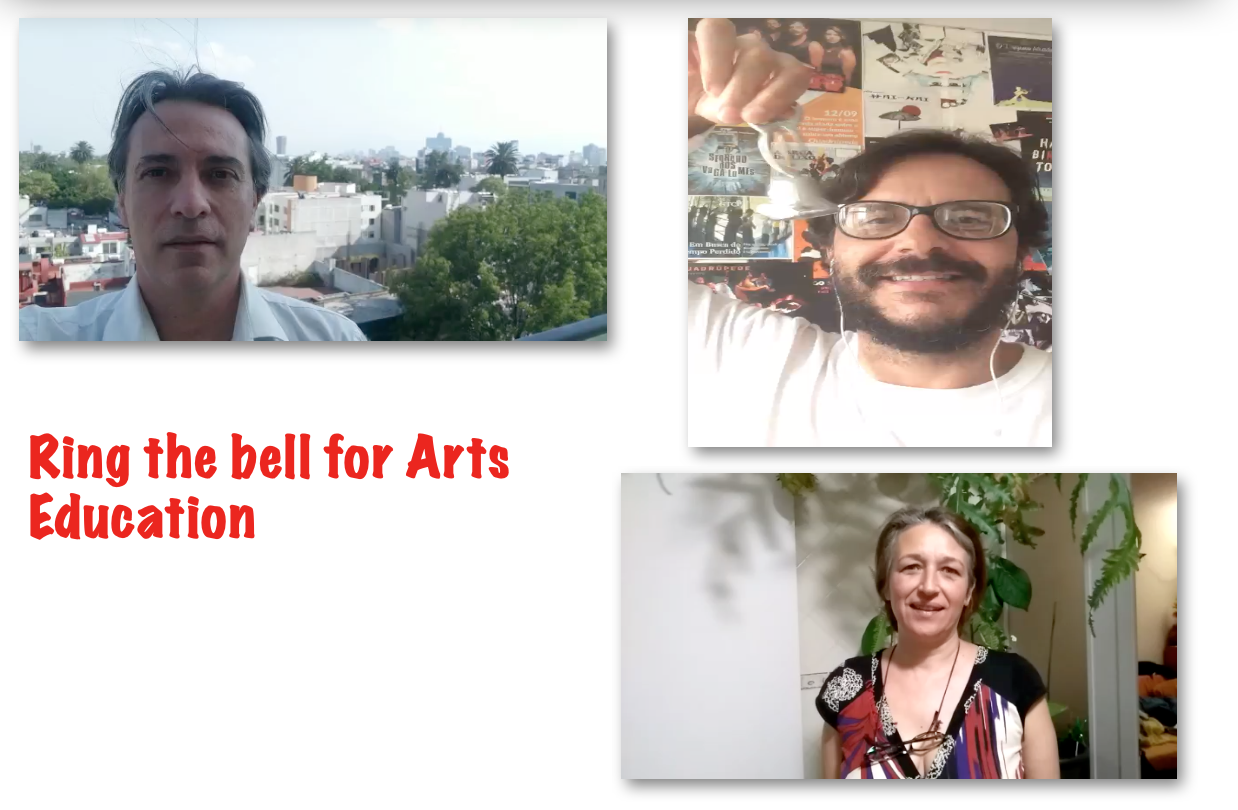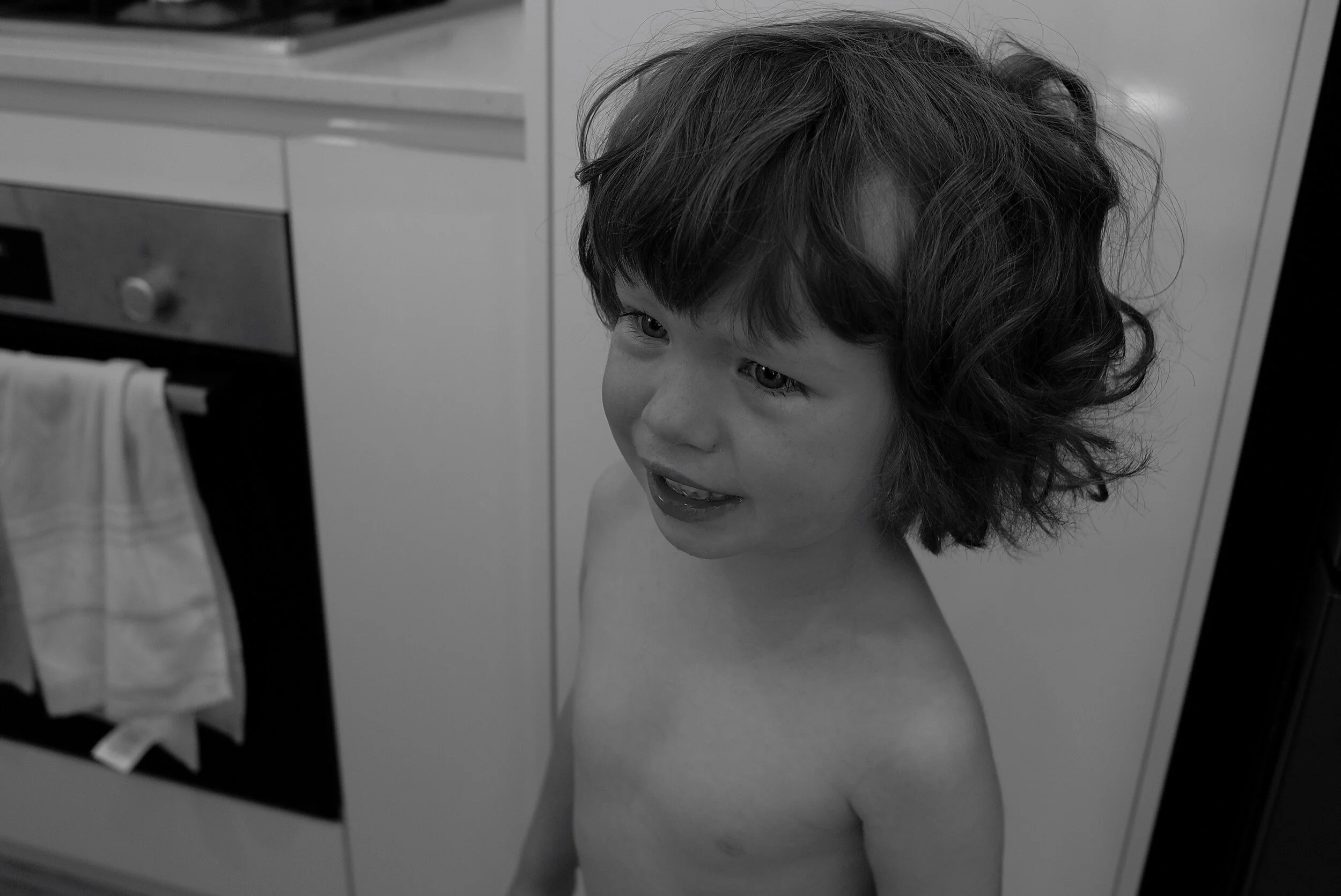Zoom Performance
/To ZOOM or Not to ZOOM? That is the question.
As the pandemic burst on us, as drama teachers we went on-line. We made compromises, adaptations, learnt how to use ZOOM or TEAMS or similar. We sorted on-line content. We created on-line content. We were often in survival mode. There were so many unanswered questions. Now we are at the point of considering or drama students performing in the new world. ZOOM is a necessity but provides a changed aesthetic for performing. Just as each form or style of drama and theatre has a set of conventions to learn and understand, so too does on-line performance. It is timely to consider some of those conventions and the possibilities of this form of performing drama.
A ZOOM performance has a unique sense of occasion. When we go to a traditional proscenium arch theatre we have the experience of the space, the seats, the lighting and atmosphere of an audience. When we are sitting on our home sofa with the laptop perched on our knees and the dog snuggled against our thighs, the experience is different. We are an audience of one without the familiar wrap of others nearby. The actors are in a different space - and separated from each other. Their use of space and time is limited to the frame offered by their camera. In short, what we see and hear and even feel are different. Going to the ZOOM theatre is a different experience.
Looking at some examples of school and university based ZOOM performances, prompted some thoughts and interesting questions.
Frame: The frame offered by ZOOM shapes the way actors perform. In examples I have seen, the actors are shown in Two Shot – we see their head and shoulders facing the camera. They can move in that frame closer or further from the camera but generally stay in neutral space. In some examples, though, there is a more dynamic sense of placement of the actors within the frame – the actors moving closer or further away. This can, however, affect the sound captured.
Framing within the frame: Basically in a ZOOM performance there is a choice of Speaker view where we see the speaker’s image large on screen; or, Galley view where speakers are shown side by side. The choices presented are limited.
Physicalising Facial Expression: This sort of framing focuses on facial expression. It relies on the animation of eyes, cheeks, brows, lips. While there is the old adage about screen acting – less is more – subtle facial expression in this sort of ZOOM performance presented challenges to an audience. The unforgiving eye of the camera is up close and personal.
Sitting energy: it is interesting that in the examples I have seen, the actors are seated to perform to their camera. This gave a different sense of spine and body. While on stage we might be sometimes seated, actors are more often moving and on their feet. Sitting provides a different body orientation. I am not saying that the actors’ bodies were slumped but there was a seated energy rather than a balls-of-the-feet energy. I wondered what would have happened if the actors had been standing (adjusting their cameras to be at eye line)? Would the energy have been different? I suspect it would be more and differently energised.
More visual interest happened when one of the actor got up for a seated position and moved away from the camera.
Lighting: it’s obvious when you see it on screen, but better lighting shows more detail. Flatter lighting drains the performance.
Accent: as with all mediated performances, the quality of voice and the use of accent are impacted by the technology. Overlapping voices which we expect and need in drama can sometimes be lost by the latency effect (time delays in the technology) or simply the broadband capacity of the connection.
Relationships: Drama lives on relationships. How does a ZOOM performance change the implied relationships and accompanying tensions?
Space: Actors in different houses are by definition not in a shared space. What is the implied shared space of the ZOOM performance?
Length of performance: performed plays have been getting shorter and shorter (remember when Five Act plays were de rigeur, the current fashion). How long can a ZOOM Performance sustain our interest, particularly when the format of static shots are used?
Making drama is a succession of choices. How will I vary voice, body, use of space in response to the shifts in intention or roles, relationships and tension? How will production choices of costume, lighting, design, sound interact with audience?
Another point to note is about the emotional impact of a ZOOM performance. We are distanced by technology in ways that we aren’t in the warm dark space of a theatre. Does the technology distance us even further? Do we share the emotional experience in the same ways as seeing it live? I know that I can cry and laugh in watching a movie, can I do that in watching a ZOOM performance?
There are other questions too. Is it different when we watch a “live” ZOOM performance from when we watch one that has been recorded and we watch in our own time. In other words does synchronous and asynchronous performance matter?
A final observation. When we teach students about Brechtian verfremdungseffekt (see, for example, "Brecht for beginners," ; Unwin, 2014) – one of the techniques we use is to place actors in a dialogue side by side facing directly to the audience, rather than creating a naturalistic relationship. In a funny way, the side by side Gallery view of ZOOM gives us that sense of distancing. The two characters speaking to each other are addressing us as audience directly implying that they are talking to each other. ZOOM might be a great way of teaching Brecht techniques.
Where will the use of ZOOM technology take us in drama and theatre?
Of course, we all can’t wait to get back into our theatre spaces – whenever that is permitted. But there will be continuing interest in using ZOOM technologies for Drama.
Interesting to see how the industry is adapting to changed circumstances. MTI have just announced a “new online, licensing, ticketing and content creation platform designed to help schools and community theatres celebrate live theatre”. https://www.mtishows.com/streaming-an-mti-show. Not yet available in Australia,
How will this play out in drama education?


